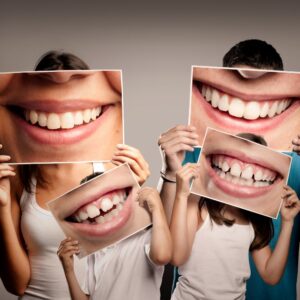 Keeping your gums healthy is essential to preserving your smile and overall well-being. The most effective way to prevent gum disease is through a proactive approach that combines professional dental care with daily at-home habits. At Dr. Egger’s practice in Mount Pleasant, Michigan, you’re not just getting a cleaning—you’re getting expert guidance tailored to your needs. Periodontal treatment is available to help protect your oral health, and Dr. Kenneth Egger offers the personalized care and education you need to keep gum disease at bay.
Keeping your gums healthy is essential to preserving your smile and overall well-being. The most effective way to prevent gum disease is through a proactive approach that combines professional dental care with daily at-home habits. At Dr. Egger’s practice in Mount Pleasant, Michigan, you’re not just getting a cleaning—you’re getting expert guidance tailored to your needs. Periodontal treatment is available to help protect your oral health, and Dr. Kenneth Egger offers the personalized care and education you need to keep gum disease at bay.
Why Preventing Gum Disease Matters
Gum disease is a progressive condition that begins with gingivitis, marked by inflammation and bleeding gums, and can advance to periodontitis, which can lead to tooth loss and damage to the jawbone. Left untreated, it may even contribute to broader health issues such as heart disease and diabetes. Preventing gum disease is key to avoiding these complications and maintaining a healthy mouth.
Make Professional Dental Visits a Priority
Regular dental cleanings are your first line of defense against gum disease. When you see Dr. Egger on a consistent basis, he can detect early signs of gum disease and provide treatment before it progresses. These cleanings remove plaque and tartar that brushing alone cannot eliminate. In addition to cleaning your teeth, Dr. Egger will evaluate your gums and teach you how to improve your oral hygiene techniques at home.
Perfect Your Brushing and Flossing Habits
What you do between dental visits plays a major role in your gum health. Using a soft-bristled toothbrush, brush your teeth twice daily, angling the brush to reach under the gumline. Floss once a day to remove plaque from areas your toothbrush can’t reach. If you’re not sure your technique is effective, Dr. Egger can demonstrate the correct methods during your appointment.
Take Control of Your Oral Health Today
Protecting your gums starts with a partnership between you and your dentist. Dr. Egger in Mount Pleasant, Michigan, offers the experience, technology, and patient-centered care to help you keep your gums healthy and your smile intact. Call 989-773-3560 today to schedule your next cleaning and start building a foundation for long-term oral health.








 Whether it is with or without anxiety, patients are always focused on their procedure. Maybe it’s a routine cleaning; perhaps it’s the need to have a filling placed. To keep everyone up to date, here’s a list of our most common services, treatments, and procedures at Dr. Egger’s practice.
Whether it is with or without anxiety, patients are always focused on their procedure. Maybe it’s a routine cleaning; perhaps it’s the need to have a filling placed. To keep everyone up to date, here’s a list of our most common services, treatments, and procedures at Dr. Egger’s practice. 